Remember those nights at the theater when the credits rolled and you turned to your friend with a puzzled “Wait, what just happened?” Some movie endings weren’t just unexpected—they were downright mystifying. Decades later, many of us are still debating what these filmmakers were really trying to tell us. From psychological thrillers to science fiction mind-benders, these films refused to tie everything up in a neat little bow, leaving us to ponder their meanings long after we left the theater.
1. “2001: A Space Odyssey” (1968)

Stanley Kubrick’s masterpiece concludes with astronaut Dave Bowman aging rapidly in a strange bedroom before being transformed into the “Star Child”—a fetus-like being floating in space observing Earth. The dialogue-free sequence with its psychedelic imagery left audiences of the late ’60s utterly baffled, with many walking out of theaters wondering if they’d missed something crucial. Even today, film scholars continue to debate whether this ending represents humanity’s evolution into a higher form of consciousness, alien intervention in human development, or something else entirely. Over five decades later, The Guardian still credits this film with changing the entire landscape of cinema.
More puzzling is how Kubrick refused to provide clear explanations, famously stating he wanted the film to be “a visual experience that bypasses verbalized pigeonholing.” Many viewers left theaters convinced they’d witnessed something profound but couldn’t quite articulate what they’d seen, making this perhaps the grandfather of all confusing movie endings. The film has since inspired countless theories, books, and academic papers attempting to decode what those final mysterious minutes actually meant.
2. “Planet of the Apes” (1968)
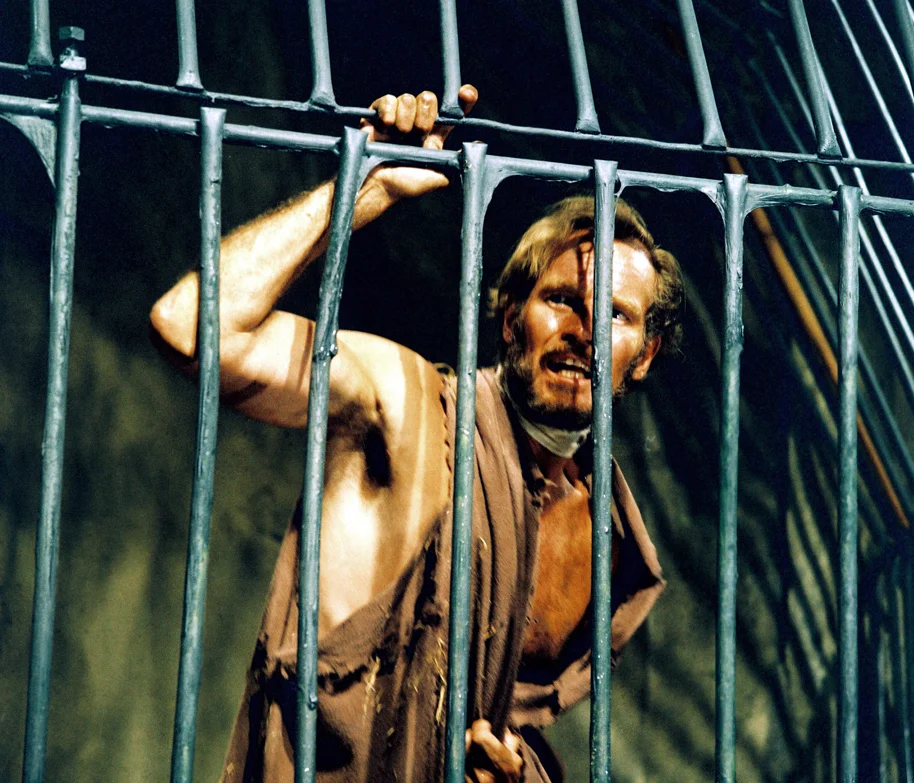
The original film shocked viewers when astronaut Taylor, played by Charlton Heston, discovers the partially buried Statue of Liberty, realizing he’s been on Earth the entire time. The gut-punch revelation that humans had destroyed their own civilization and allowed apes to become the dominant species created one of cinema’s most iconic twist endings. Despite being a clear revelation, audiences were left with countless unanswered questions about how exactly this future came to be, especially since Taylor and his crew believed they’d traveled to a distant planet. Looper has tracked which stars of the original are still with us and which have sadly passed.
The final scene with Heston pounding the sand and condemning humanity became instantly iconic, yet the mechanics of how the timeline worked continued to confuse viewers for decades. Questions about whether Taylor had traveled to the future or to another dimension, and how the apes had evolved so quickly, weren’t fully addressed until later sequels attempted to fill in the gaps. Even with these explanations, the jarring revelation of that first film stands alone as a moment that left audiences stunned and bewildered.
3. “The Graduate” (1967)
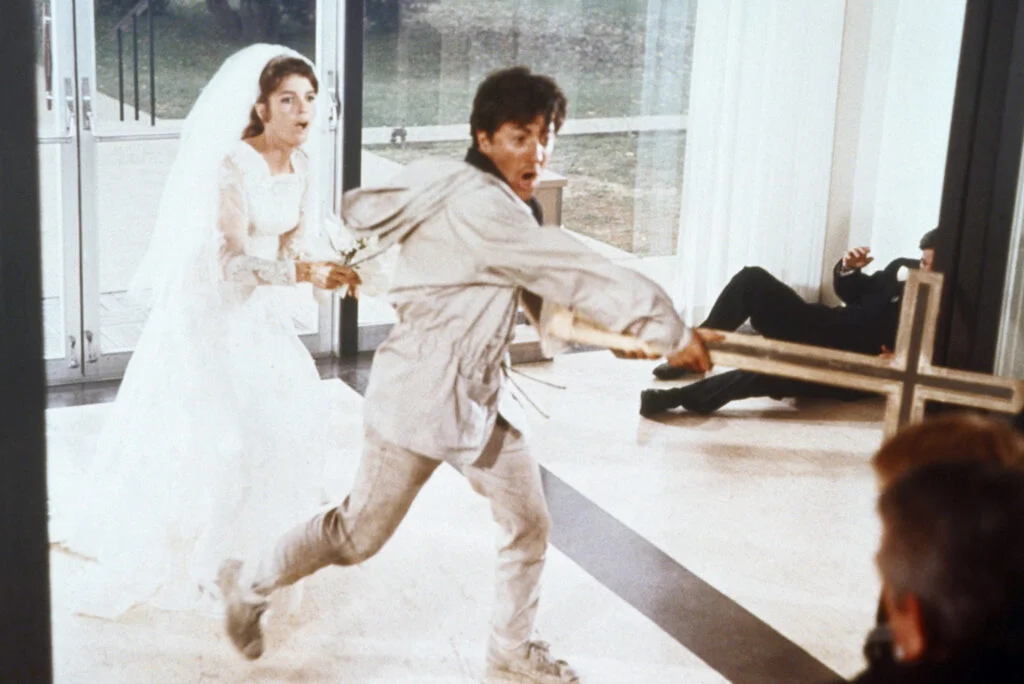
Mike Nichols’ classic ends with Benjamin dramatically stopping Elaine’s wedding, after which the young couple flee on a bus, their expressions gradually shifting from elation to uncertainty as they face their future. That final shot of Dustin Hoffman and Katharine Ross sitting at the back of the bus, their smiles fading into anxiety, left audiences wondering if they were witnessing a happy ending or the beginning of another mistake. The ambiguity was intentional but nonetheless confusing for viewers accustomed to more definitive Hollywood endings. Womans World credits the cast with making this one of the most iconic films of the 1960s.
The camera lingers uncomfortably long on their faces, backed by Simon & Garfunkel’s “The Sound of Silence,” creating one of cinema’s most discussed moments of ambiguity. Many viewers interpreted the ending as suggesting that impulsive romance doesn’t solve deeper problems, while others saw it as a triumphant rejection of societal expectations. Even now, film lovers continue to debate whether Benjamin and Elaine lived happily ever after or if they immediately regretted their impulsive decision.
4. “Chinatown” (1974)
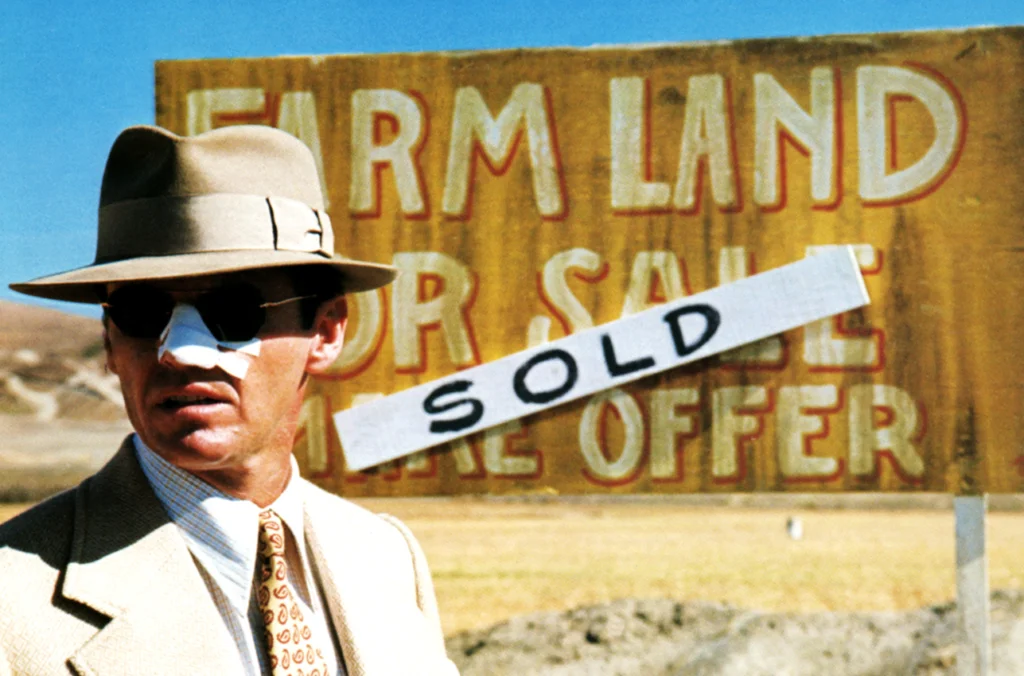
Roman Polanski’s neo-noir masterpiece concludes with the devastating line “Forget it, Jake, it’s Chinatown” after Evelyn Mulwray is killed and her father, the corrupt Noah Cross, gains custody of his daughter/granddaughter. The cryptic title reference and the film’s deeply pessimistic ending left many viewers struggling to process exactly what “Chinatown” symbolized. Audiences walked away uncertain whether the title referred literally to the Los Angeles neighborhood or served as a metaphor for a place where justice is impossible and the powerful always win.
The film purposely upends detective story conventions where the hero solves the case and justice prevails, instead showing how detective J.J. Gittes is ultimately powerless against systemic corruption. Many viewers needed multiple viewings to fully grasp the complex web of incest, water rights conspiracy, and municipal corruption that the film had woven. The ending’s pessimistic tone and moral ambiguity marked a significant departure from traditional Hollywood storytelling, reflecting the post-Watergate cynicism of the mid-1970s.
5. “Picnic at Hanging Rock” (1975)
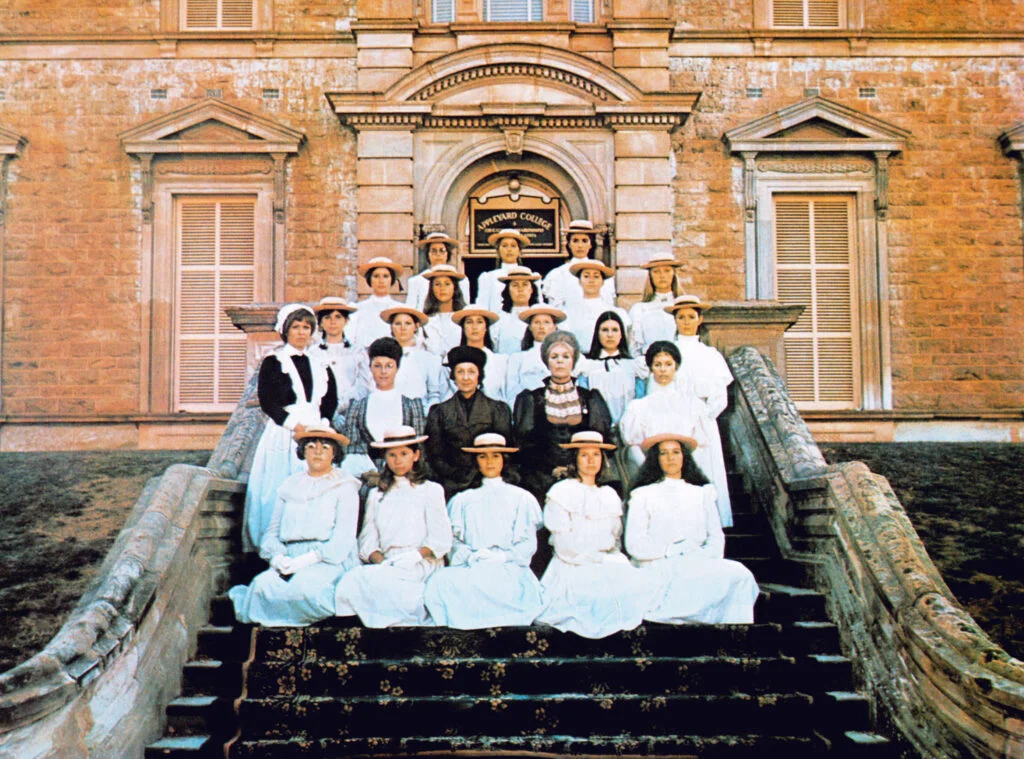
Peter Weir’s Australian classic about schoolgirls who mysteriously vanish during a Valentine’s Day outing in 1900 provides absolutely no resolution to its central mystery. The film deliberately withholds answers about what happened to the missing girls at Hanging Rock, focusing instead on the psychological aftermath for the community. This lack of closure was revolutionary for its time and deeply unsatisfying for viewers who expected the mystery to be solved by the film’s conclusion.
What makes the ending even more confusing is that many viewers believed the story was based on true events, when it was actually adapted from a fictional novel by Joan Lindsay. Weir crafts a dreamlike atmosphere that blurs the line between reality and the supernatural, suggesting possibilities from alien abduction to time slips without confirming any theory. Decades later, viewers still debate whether the girls entered another dimension, fell victim to human violence, or something even more inexplicable.
6. “Blade Runner” (1982)
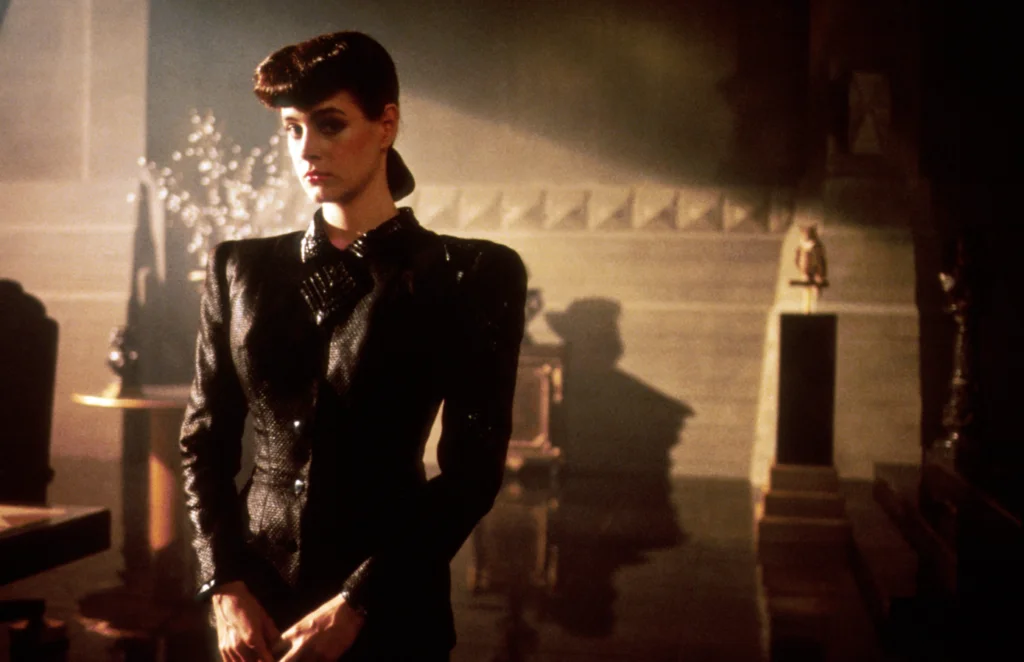
The original theatrical release left audiences wondering if Harrison Ford’s character Deckard was himself a replicant (android) all along. The film’s ambiguous ending, especially with the unicorn dream sequence added in later cuts, created one of sci-fi’s most enduring debates. Ridley Scott and Harrison Ford famously disagreed about the character’s true nature, with Scott confirming his intention that Deckard was indeed a replicant while Ford played the character as human.
The film’s multiple versions with different endings only added to the confusion, with the original theatrical release, the director’s cut, and the final cut all providing slightly different clues and nuances. Even the 2017 sequel “Blade Runner 2049” deliberately avoided providing a definitive answer, allowing the mystery to persist for a new generation of viewers. The philosophical implications of either interpretation fundamentally change how we understand the entire film and its meditation on what makes us human.
7. “The Thing” (1982)
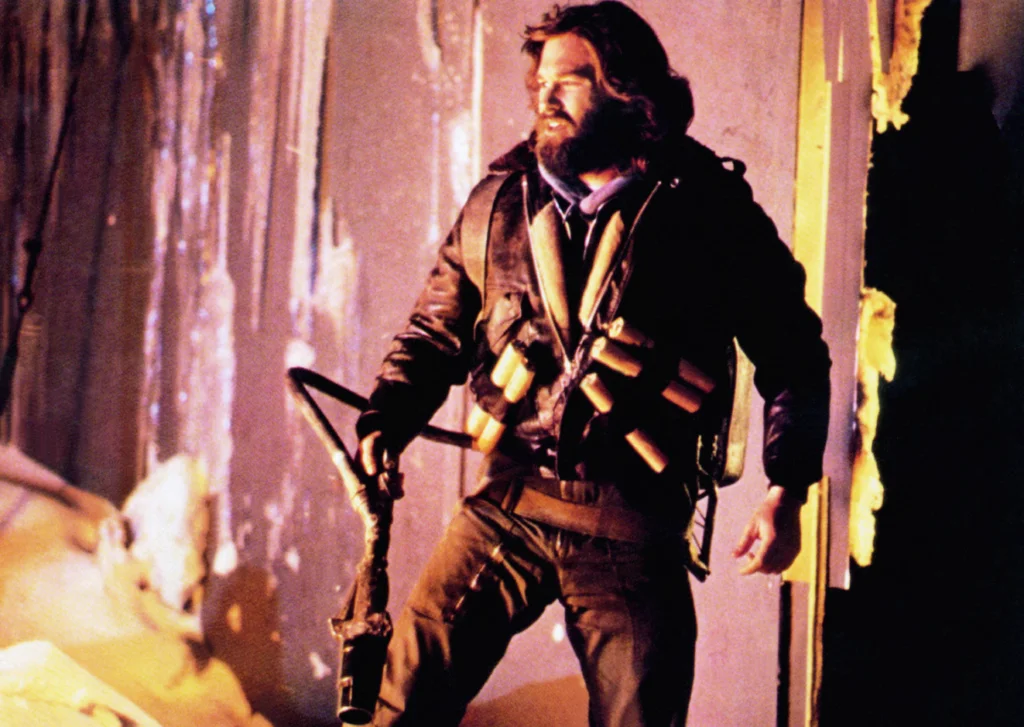
John Carpenter’s horror masterpiece concludes with Kurt Russell and Keith David’s characters sitting in the Antarctic cold, each suspecting the other might be the shape-shifting alien. The deliberately unresolved ending forced viewers to decide for themselves whether humanity was doomed and if either character was still human. The ambiguous finale was considered so unsatisfying by studio executives that they initially pressed Carpenter to film a more definitive ending.
The film’s commercial failure upon release was partly attributed to audiences being uncomfortable with such an uncertain conclusion, especially in the era of more straightforward horror films. Years later, fans continue analyzing minute details—like the characters’ breath in the cold air—for clues about who might be the alien. This paranoia-inducing ending perfectly mirrors the film’s themes of distrust and uncertainty, making it a prime example of how a seemingly unresolved conclusion can actually be the perfect thematic fit.
8. “Brazil” (1985)
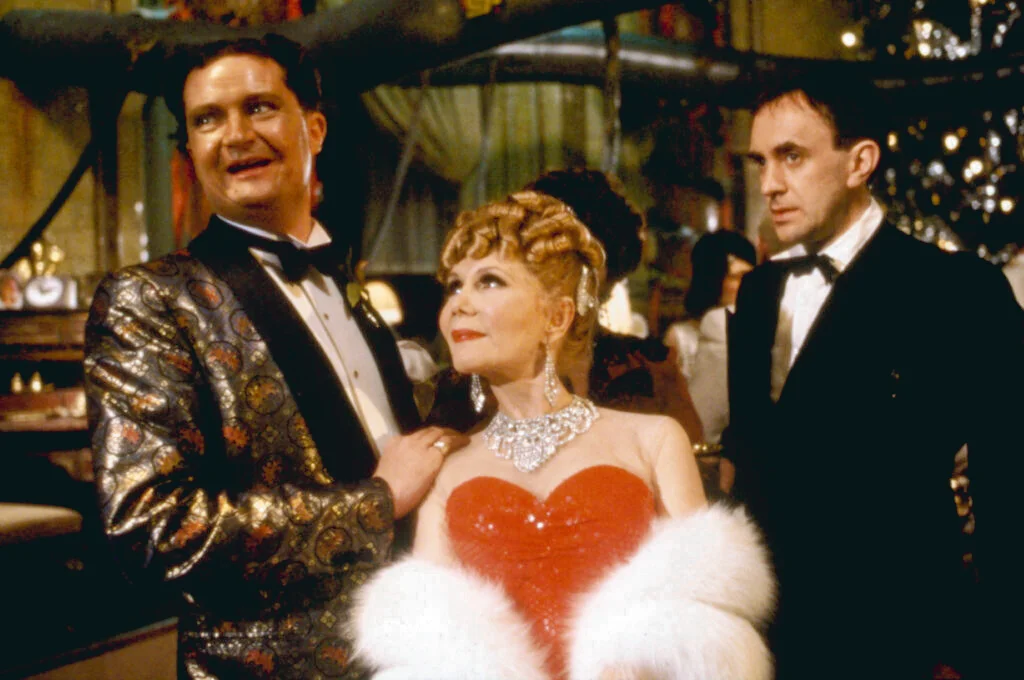
Terry Gilliam’s dystopian masterpiece ends with the main character, Sam Lowry, appearing to escape the oppressive bureaucracy only for the film to reveal he’s actually been driven insane by torture and is lost in his own fantasy world. This devastating bait-and-switch left many viewers confused about what was real and what was imagined throughout the film. The studio even fought Gilliam over this depressing conclusion, creating an alternate “Love Conquers All” version with a happy ending that completely undermined the film’s message.
The dream sequences throughout the film intentionally blur the line between fantasy and reality, making it difficult for first-time viewers to determine when Sam’s mental escape begins. What initially appears to be a heroic rescue by Harry Tuttle turns into a surreal sequence that gradually reveals its true nature as a psychological defense mechanism. Gilliam’s refusal to provide a conventional happy ending created one of cinema’s most debated conclusions about whether fantasy as escape is ultimately liberating or simply another form of imprisonment.
9. “Total Recall” (1990)
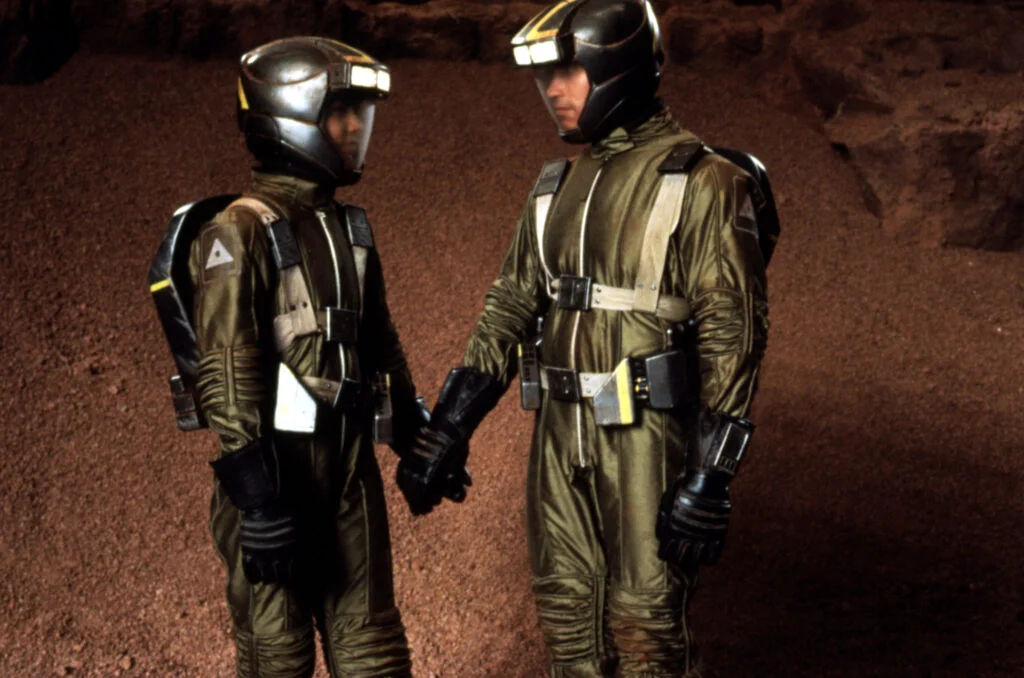
Paul Verhoeven’s sci-fi action film starring Arnold Schwarzenegger deliberately keeps viewers guessing whether the entire adventure is real or simply an implanted memory from the “Rekall” company. The film’s final moment—where the screen whites out after Melina asks “I just had a terrible thought… what if this is a dream?”—refuses to provide a definitive answer. Viewers left theaters actively debating whether Quaid actually saved Mars or never left the memory implantation chair.
Verhoeven masterfully planted evidence supporting both interpretations throughout the film, including the Rekall technician’s description of the “secret agent on Mars” package matching the plot exactly, and the character sweating during what could be a schizoid embolism. The film works equally well as either a straightforward action adventure or a complex meditation on reality and identity. Even Schwarzenegger and Verhoeven have given contradictory statements about the “true” interpretation, ensuring the debate continues decades later.
10. “The Shining” (1980)
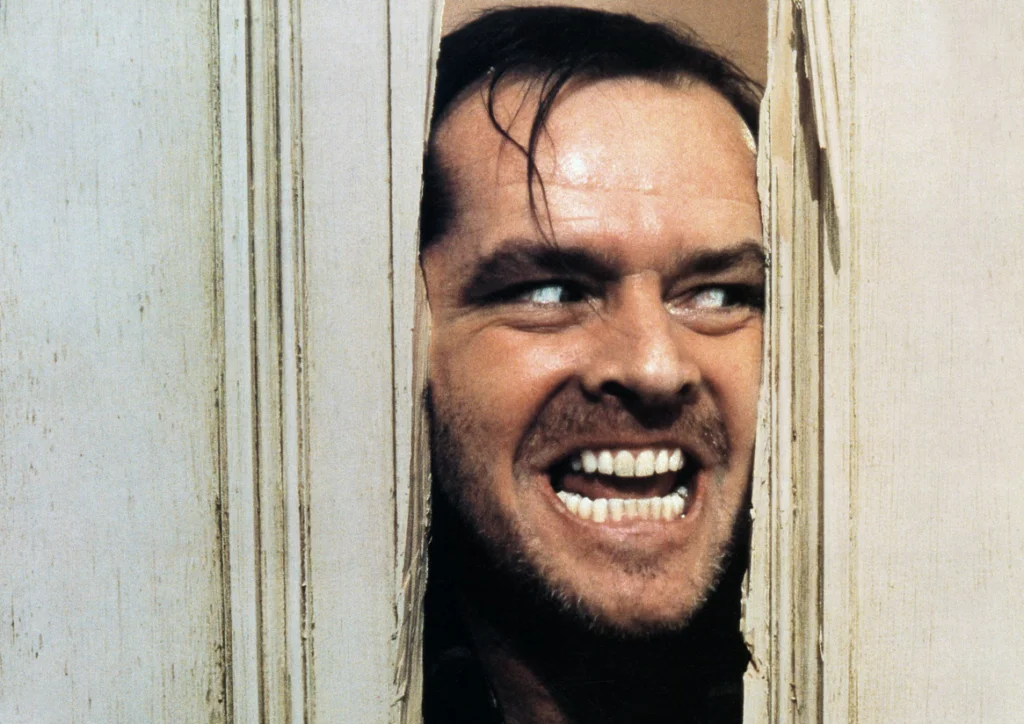
Stanley Kubrick’s horror adaptation concludes with the puzzling image of Jack Nicholson’s character appearing in a 1921 photograph at the Overlook Hotel, despite the film being set in the 1980s. This unexplained final shot has spawned countless theories about time loops, reincarnation, and the hotel absorbing Jack’s soul. Kubrick, famous for his meticulous attention to detail, deliberately left this element unexplained, creating one of horror cinema’s most analyzed and debated endings.
The film deviates significantly from Stephen King’s novel, replacing the original ending with something far more cryptic and open to interpretation. Documentary films like “Room 237” have compiled the various theories fans have developed over the years, ranging from the film being a metaphor for Native American genocide to a secret confession about Kubrick faking the moon landing footage. While many of these interpretations seem far-fetched, the ambiguity of that final photograph continues to invite speculation.
11. “Mulholland Drive” (2001)
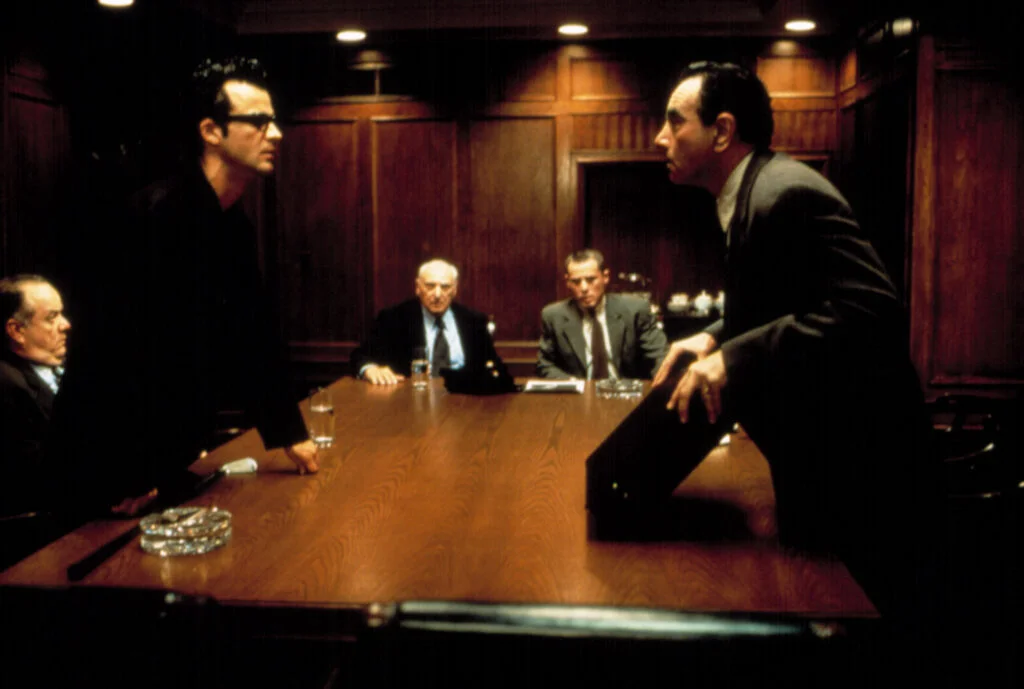
David Lynch’s surrealist masterpiece defies straightforward interpretation with its non-linear narrative and reality-shifting conclusion. What begins as a mystery about an amnesiac woman transforms halfway through into what might be the real world, suggesting the first part was a guilt-induced fantasy of a failed actress. Audiences in 2001 were utterly baffled, with many walking out of theaters trying to piece together what exactly they had witnessed.
Lynch famously refused to explain the film, instead issuing “10 clues to unlocking this thriller” as part of the DVD release—clues that many found only added to the confusion. The film’s dreamlike logic, recurring symbols (like the blue key and the mysterious blue box), and identity-shifting characters have made it perhaps the most analyzed film of the 21st century. Some viewers see it as a cautionary tale about Hollywood’s destructive nature, while others interpret it as an exploration of guilt, fantasy, and unfulfilled desire—with no interpretation definitively answering all the film’s mysteries.
12. “The Conversation” (1974)
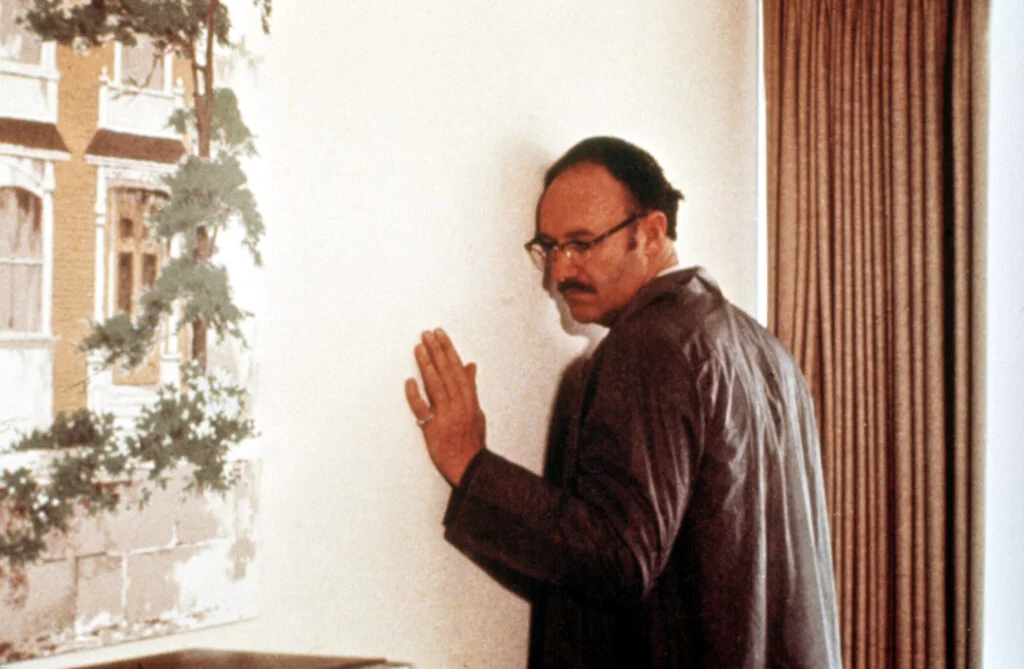
Francis Ford Coppola’s paranoid thriller ends with surveillance expert Harry Caul, played by Gene Hackman, tearing apart his apartment looking for listening devices after realizing he completely misinterpreted the conversation he had recorded. The final scene shows Harry playing his saxophone alone in his destroyed apartment, surrounded by torn wallpaper and ripped floorboards, having found nothing but still convinced he’s being watched. This ending left viewers uncertain whether Harry was truly under surveillance or had descended into paranoia.
The brilliant misdirection throughout the film leads both Harry and the audience to believe one interpretation of the recorded conversation (“He’d kill us if he got the chance”), only to later reveal its true context changed the meaning entirely. Coppola deliberately keeps the ending ambiguous, never confirming whether the surveillance company actually bugged Harry’s apartment or if his isolation has driven him to paranoid delusions. Coming during the Watergate era, the film captured America’s growing anxiety about privacy and surveillance without providing any comforting resolution.
These films continue to provoke discussion and debate precisely because they refuse to provide all the answers. In an era of sequels, prequels, and endless explanations, there’s something refreshing about endings that trust the audience to draw their own conclusions. Whether through deliberate ambiguity, symbolic imagery, or narrative twists, these classics remind us that sometimes the most powerful cinematic experiences are the ones that keep us talking—and scratching our heads—decades after we first experienced them.


